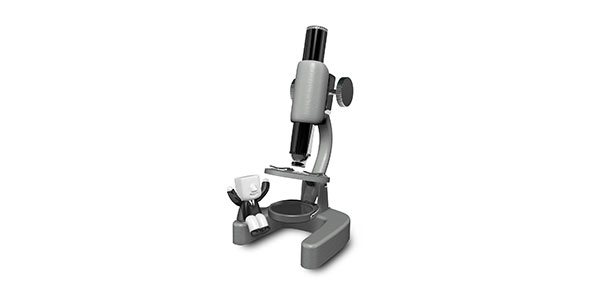Related Flashcards
Related Topics
Cards In This Set
| Front | Back |
|
CORE electrons
|
Electrons found close to the nucleus
|
|
VALENCE electrons
|
Eletrons found in distant s and p subshells
|
|
Which electrons are responsible for holding 2 or more atoms in a chemical bond?
|
Valence electrons
|
|
CHEMICAL BOND
|
Force of attraction between 2 atoms in a compound (overcoming repulsion)
|
|
OCTET RULE
|
Atoms bond in such a way that each atom recieves 8 electrons in outtermost shell
|
|
2 ways an atom can achieve an octet
|
1) ionic bonding 2) covalent bonding
|
|
IONIC BONDING
|
The force of attraction formed from the complete transfer of electrons between atoms to form an ionic compound.
|
|
RULES of ionic bond formation
|
1) between metal & non-metal to form an anion & cation 2) ions of opposite charge 3) when e- lost by metal and gained by non-metal
|
|
Ionic compound structure
|
Crystalline lattice (metal ions become smaller nonmetals become bigger)
|
|
COVALENT BONDING
|
The sharing of pairs of electrons from atoms in the compound
|
|
Which element (or compound) is an exception of the octet rule?
|
HYDROGEN (H2)
|
|
Features (rules) for covalent compounds
|
1) between atoms of similar tendencies to gain/lose e- 2) diatomic elements have complete covalent bonding H2,F2,O2,N2,Cl2,Br2,I2)
|
|
Polar Covalent Bonds
|
Bonds made up of unequally shared electrons (e.g H-F the e- are attracted to F mostly (high electronegativity))
|
|
WATER has what kind of bonds and why?
|
Polar covalent bonds, unequal sharing of electrons between partially +ve H and partially -ve O (e- drawn closer to O than H)
|
|
COORDINATE COVALENT BONDING
|
Resulting from an atom donating a lone pair of e- to another atom (O2 + O --> O3)
|





